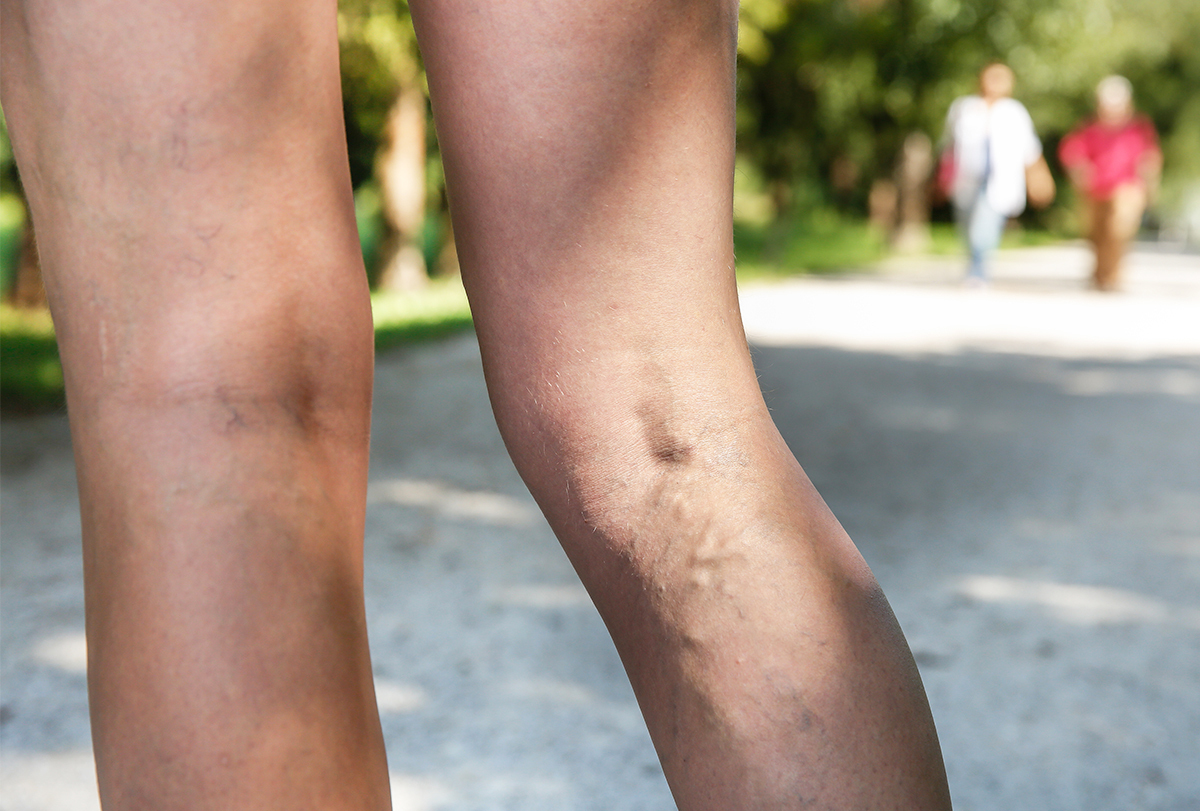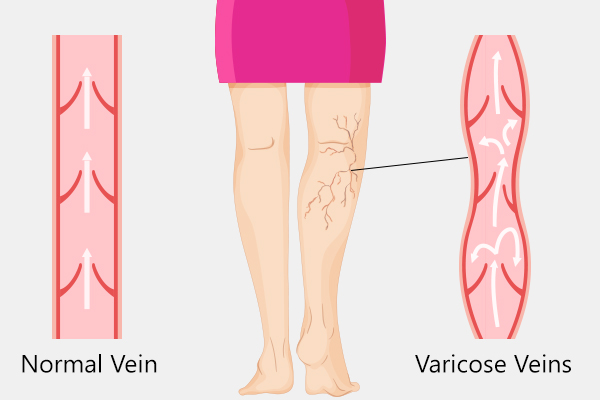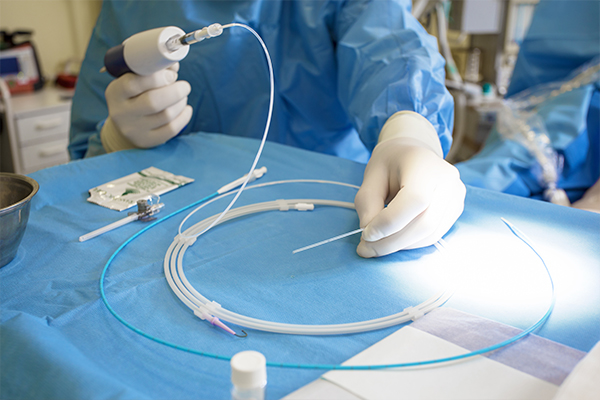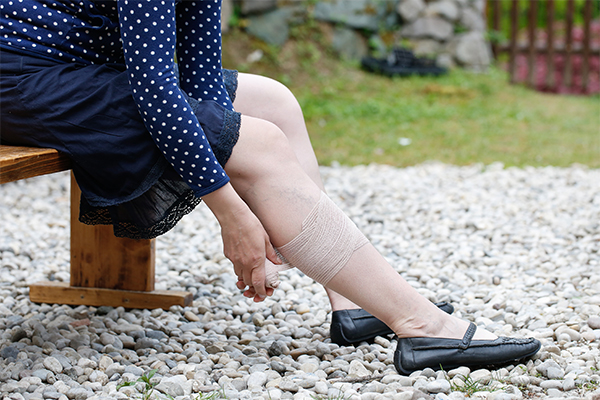In this article:
Varicose veins refer to swollen, superficial, twisted veins that are often blue, red, or skin-colored in appearance. The large veins are rope-like and cause bulging of the skin.

Varicose veins usually develop on the thighs, calves, or inside of the legs and around the feet and ankles. These veins are a common occurrence in pregnancy, forming around the lower pelvic area, inner thighs, and buttocks.
How Common Is Varicose Veins?
Varicose veins are estimated to affect around 30% of the world population. (1) In the United States, it develops in 25%–30% of women and 10%–20% of men. (2) Approximately 24% of adults in the United States have visible varicose veins. (3)
Causes of Varicose Veins

Your legs contain one-way valves that assist in the movement of blood back into the heart from the legs. Any problem in these valves can cause blood to collect in the leg veins. The pooling of blood causes swelling of the veins, often resulting in varicose veins.
This problem is more prevalent in women than in men. The altered blood flow can cause blood clots, swelling, pain, and skin changes.
Symptoms of Varicose Veins
Varicose veins generally do not manifest any symptoms other than the appearance of blue or dark-purple veins that are often twisted and bulging on the surface of the skin.
In some cases, varicose veins may cause pain and other symptoms such as:
- Heavy or achy sensation in the leg
- Muscle cramping and swelling in the lower legs
- Burning or throbbing sensation
- Aggravation of pain after prolonged sitting or standing
- Itching around the veins
- Skin discoloration
- Spider veins (telangiectasia)
Medical Treatment for Varicose Veins

Various medical interventions can help treat varicose veins, including:
- Laser surgery: Light energy is used to block a vein.
- Endoscopic vein surgery: A small lighted scope is inserted through a minor incision to block off a vein.
- Endogenous ablation therapy: The veins are blocked using heat and radiofrequency.
- Ambulatory phlebectomy: A series of small skin punctures are made to remove smaller varicose veins.
- Surgical ligation and stripping: Veins are blocked off of veins so they cannot join deeper veins. Additionally, the veins are removed with the help of small incisions.
- Sclerotherapy: Foam or liquid chemical injection is used to block a large vein. This procedure has a success rate of 82%–100% with faster recovery than contemporary surgical stripping. (4)
Diagnosing Varicose Veins
The doctor may require the following information when diagnosing varicose veins:
- Symptoms
- Family history
- Activity level
- Lifestyle
Additionally, the doctor may order the following tests to examine the health of your leg veins:
- Ultrasound
- X-ray
- Computed tomography (CT) scan
- Doppler test (to assess the direction of blood flow in the veins)
- Color duplex ultrasound scan
Risk Factors for Varicose Veins
The following factors increase the likelihood of developing varicose veins:
- Age – Above 50 years
- Gender – Females are more prone to varicose veins due to the hormonal changes associated with puberty, pregnancy, menopause, hormone replacement therapy, and the use of birth control pills.
- Defective valves by birth
- Obesity
- Pregnancy
- Chronic constipation
- Blood clots
- Prolonged standing or sitting
- Family history of varicose veins
Complications Associated With Varicose Veins

While extremely rare, persistent, untreated varicose veins can cause complications such as:
1. Ulcers
Painful ulcers can develop around the varicose veins, especially near the ankles. These ulcers start as discolored spots initially. Because ulcers can be painful and cause infection or malignant changes in the leg, (5) it is vital to consult a doctor.
2. Blood clots
The swelling and bulging of veins can inhibit proper blood flow, increasing the chances of superficial blood clot formation, also known as phlebitis, superficial thrombophlebitis, or venous thrombosis. These blood clots can further cause redness, pain, swelling, and tenderness in the affected areas.
3. Bleeding
If the veins are close to the skin surface, they may burst and cause minor bleeding.
When to See a Doctor
It is essential to visit a medical practitioner if your varicose veins are accompanied by:
- Pain
- Swelling, redness, or warmth to touch (signaling a blood clot)
- Sores or rash on the leg
- Skin discoloration
- Bleeding from the varicose veins
- A discomfort that impedes daily activities
Final Word
Varicose veins are usually a cosmetic problem, but they can also cause pain in some cases, especially while standing.
Various treatment options can help treat varicose veins. However, they cannot completely cure the problem and are more often used to reduce the symptoms and discomfort. In some cases, you may require surgery or a minimally invasive procedure for large varicose veins.

- Was this article helpful?
- YES, THANKS!NOT REALLY


